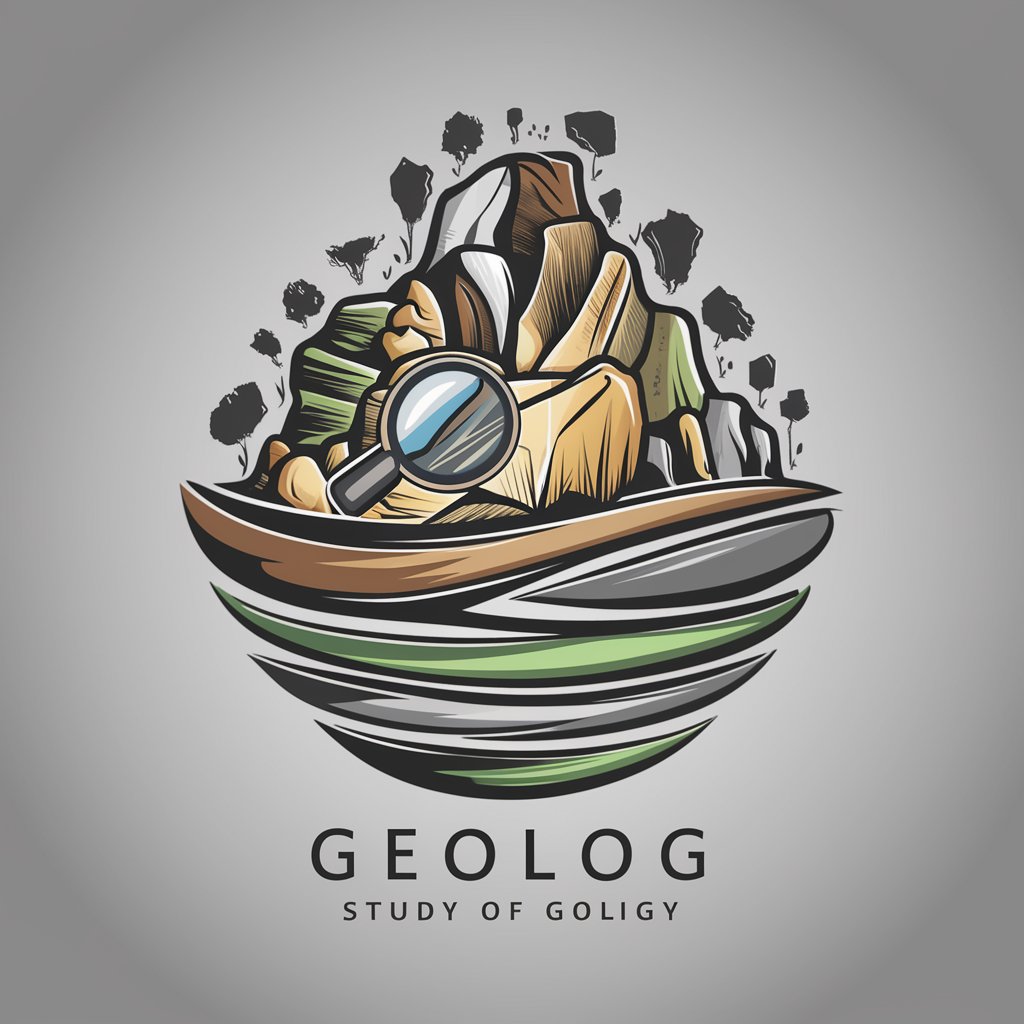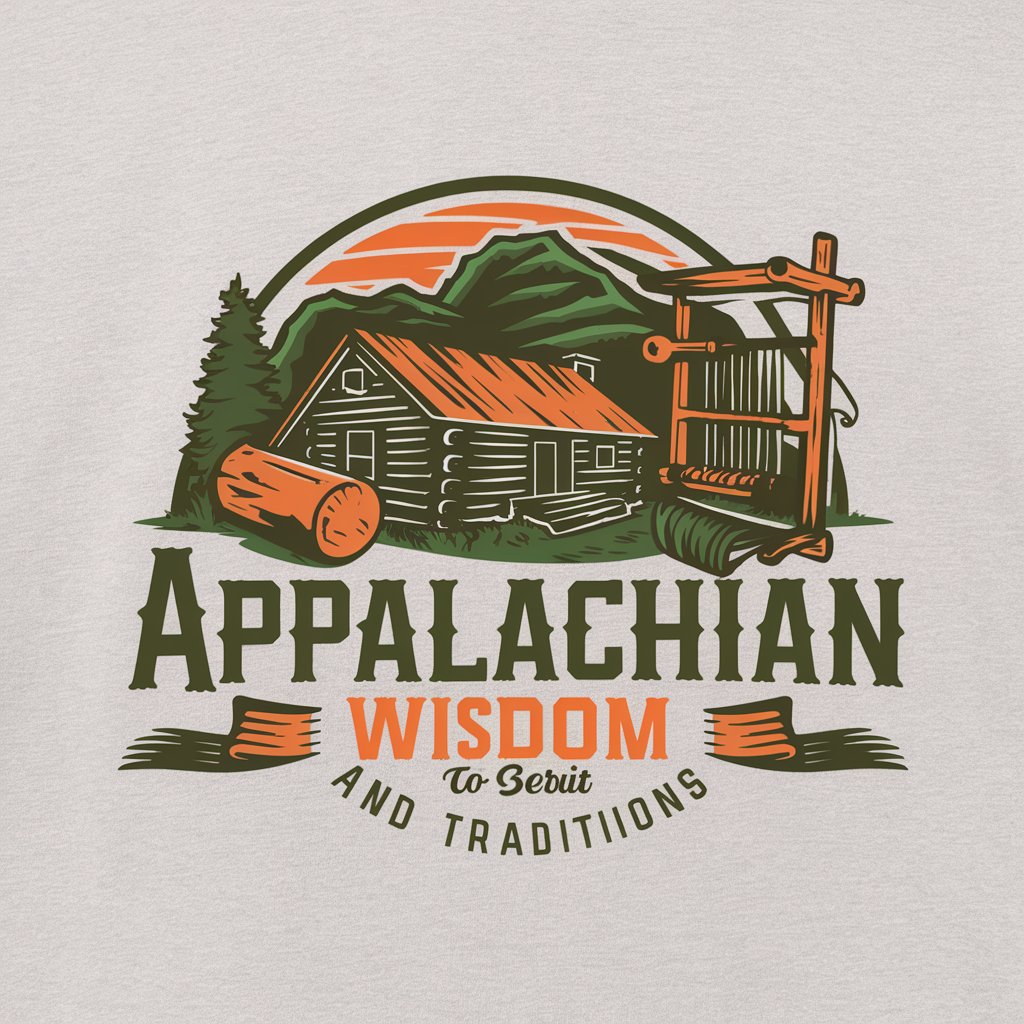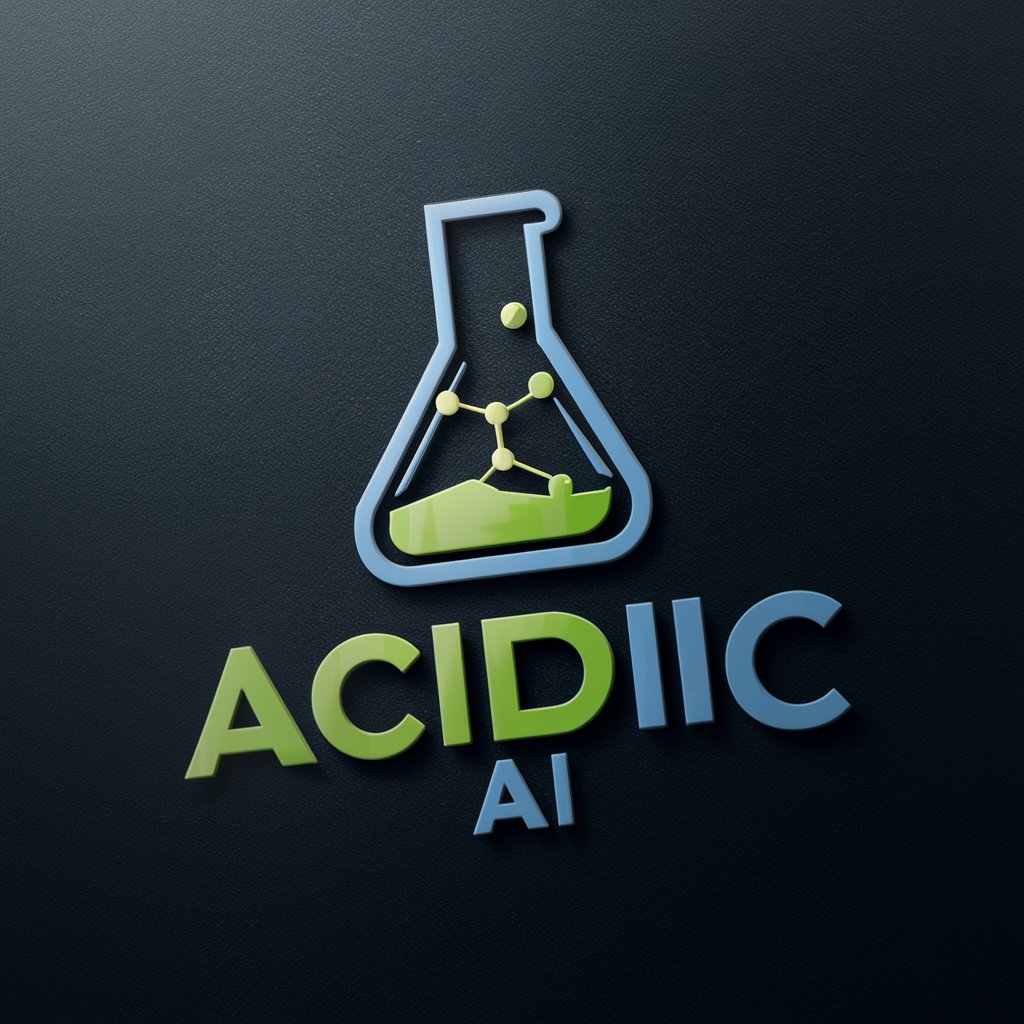Rocks - Geological Insights & Visuals

Welcome! Let's delve into the fascinating world of geology together.
Empowering geology exploration with AI
Explain the difference between igneous, sedimentary, and metamorphic rocks.
What are the primary characteristics of minerals found in granite?
Describe the formation process of sedimentary rock layers.
How do plate tectonics influence the formation of different rock types?
Get Embed Code
Introduction to Rocks
Rocks, as a specialized GPT model, is designed to provide in-depth knowledge and insights into geology, rocks, minerals, and related subjects. Unlike generic models, Rocks is tailored to offer educational content, focusing on the scientific aspects of geology, including the formation of rocks, mineral content, and geological processes. This model leverages a database of geological knowledge to answer questions, explain concepts, and provide examples relevant to the field of geology. For instance, Rocks can describe the differences between igneous, sedimentary, and metamorphic rocks, explain the process of plate tectonics, or delve into the mineral composition of common and rare minerals. This functionality is particularly useful in educational settings or for individuals seeking to deepen their understanding of the Earth's crust and its components. Powered by ChatGPT-4o。

Main Functions of Rocks
Educational Content Provision
Example
Explaining the rock cycle to a high school student, including the processes that lead to the formation of igneous, sedimentary, and metamorphic rocks.
Scenario
Used in a classroom setting or as part of a homework assignment to supplement learning materials with interactive, tailored explanations.
Identification Assistance
Example
Helping a hobbyist identify a rock sample by discussing its characteristics, such as grain size, color, and composition, and comparing these to known rock types.
Scenario
Used by rock collectors or students during field trips to understand the geological context of their findings.
Research Support
Example
Providing detailed information on the mineralogy of a specific location to support academic research, including references to relevant studies and data sources.
Scenario
Used by researchers or university students working on geological projects or papers, requiring in-depth, accurate geological data.
Ideal Users of Rocks Services
Students and Educators
This group benefits from Rocks by gaining access to detailed explanations of geological processes, rock identification, and mineralogy, enhancing the educational experience and supporting curriculum goals.
Hobbyists and Collectors
Individuals with a passion for collecting rocks and minerals find value in Rocks for identifying specimens, learning about their origins, and understanding the geological history of their collections.
Research Scientists and Academics
Professionals in geology and related fields use Rocks to access specific data, research support, and detailed discussions on advanced topics, aiding in their scientific studies and explorations.

How to Use Rocks: A Comprehensive Guide
Begin with a Visit
Start by visiting yeschat.ai to explore Rocks without needing to sign up for a trial or subscribe to ChatGPT Plus, ensuring easy access.
Identify Your Interest
Determine your specific interest or need related to geology, rocks, or minerals to focus your inquiries and interactions for more relevant information.
Engage with Rocks
Use direct and specific questions to engage with Rocks, providing clear context to receive in-depth, detailed answers about geology and related topics.
Explore Advanced Features
Take advantage of advanced features like image generation or browsing capabilities for enhanced learning and exploration of geological concepts.
Review and Reflect
After receiving information, review the content for comprehension and apply the knowledge to practical or academic scenarios, enhancing your understanding of geology.
Try other advanced and practical GPTs
Web Dev Scholar
Empowering Development with AI

Video StoryBoard Yoda
Bringing Stories to Life with AI

Foundation
AI-Powered Personalized Beauty Companion

Planting Soil
Cultivate Growth with AI-Powered Gardening Insights

Elijah Fox
Embrace Appalachian wisdom with AI

Vodka
Discover the World of Vodka, Powered by AI

Leonardo Helper
AI-powered creativity at your fingertips.

CI NV 1
Empowering Your SEO Journey with AI

Beratermentor
Empowering Advisors with AI-driven Insights

Acidic
Unlocking Chemical Reactions with AI

Enterprise Security
Empowering businesses with AI-driven security

Floral
Cultivate beauty with AI-powered gardening insights.

In-Depth Q&A with Rocks
What types of rocks can you identify?
I can help identify and provide information on various types of rocks, including igneous, sedimentary, and metamorphic rocks, by discussing their formation processes, composition, and distinguishing features.
How can Rocks assist in academic research?
Rocks can support academic research by offering detailed explanations on geological concepts, providing references to scientific literature, and assisting with the understanding of complex mineralogical and petrological studies.
Can Rocks generate geological diagrams or images?
Yes, I can generate diagrams or images related to geology, such as rock cycle diagrams, mineral structures, or geological formations, to visually support learning and understanding.
How does Rocks stay updated on geological discoveries?
While I'm based on information up to my last training cut-off in April 2023, for the most current geological discoveries, I can guide users on where to find up-to-date research and data in the field of geology.
Can you explain the process of rock formation?
Certainly, rock formation involves several processes depending on the rock type. Igneous rocks form from cooled magma or lava, sedimentary rocks from the accumulation and cementation of sediments, and metamorphic rocks from the transformation of existing rocks under pressure and temperature without melting.
